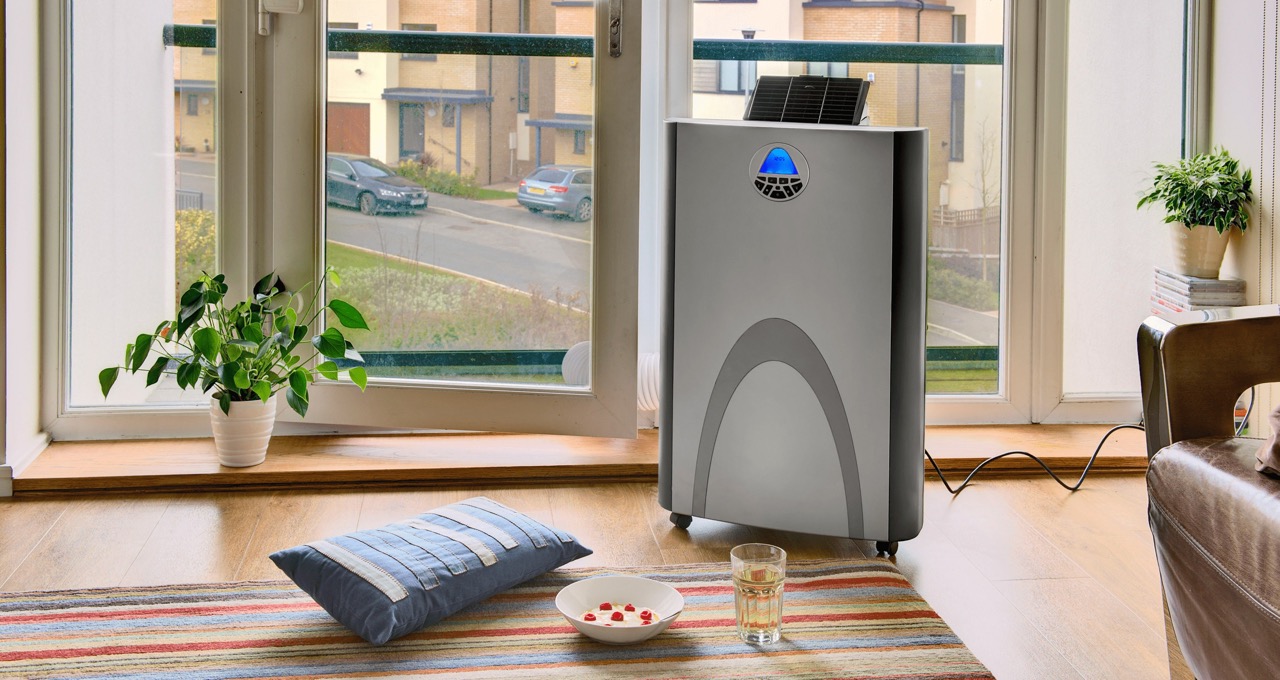

Articles
How Much Energy Does A Portable AC Use
Modified: May 6, 2024
Discover how much energy portable air conditioners use with our informative articles. Learn energy-saving tips and find the best portable AC for your needs.
(Many of the links in this article redirect to a specific reviewed product. Your purchase of these products through affiliate links helps to generate commission for Storables.com, at no extra cost. Learn more)
Introduction
Portable air conditioners have become a popular choice for those looking to beat the heat in their homes or offices. With their ease of use and convenience, these compact cooling units offer a practical alternative to central air conditioning systems. However, many people are concerned about the energy usage of portable ACs and how it may impact their utility bills.
In this article, we will delve into the topic of energy consumption and explore how much energy portable air conditioners typically use. We will discuss the factors that affect energy usage, learn about energy efficiency ratings, calculate energy usage, and provide tips for reducing energy consumption. By the end, you will have a better understanding of the energy efficiency of portable ACs and how to make the most of your cooling system while minimizing your energy costs.
So, let’s dive in and uncover the mysteries behind the energy consumption of portable air conditioners!
Key Takeaways:
- Portable air conditioners consume around 1,000 to 2,000 watts per hour, translating to approximately 0.9 to 1.8 kilowatt-hours (kWh) per hour. Proper sizing, optimal temperature settings, and energy-saving modes can help reduce energy consumption.
- Understanding energy efficiency ratings like EER and SEER can guide your choice of a portable AC unit, helping you make informed decisions based on your specific cooling needs and energy-saving goals. Always check the energy efficiency ratings and specifications before making a purchase.
Read more: How Much Power Does A Window AC Use
Understanding Portable Air Conditioners
Before we dive into the specifics of energy consumption, it’s important to have a basic understanding of how portable air conditioners work. These self-contained units are designed to cool a single room or small area by extracting heat from the indoor air and expelling it outside. Unlike central air conditioning systems, which cool the entire house, portable ACs provide localized cooling, making them ideal for apartments, small offices, or areas where installing a central AC is not feasible.
Portable air conditioners typically consist of four main components:
- Compressor: This component is responsible for circulating the refrigerant and compressing it to increase its pressure and temperature.
- Condenser: The hot refrigerant passes through the condenser coil where it releases heat to the outside air, cooling down in the process.
- Evaporator: In the indoor unit, the evaporator coil absorbs heat from the room, cooling the air as it passes over the coil.
- Exhaust hose: This hose is used to vent the hot air from the portable AC to the outside.
These components work together to create a cycle of cooling by continuously extracting heat from indoor air and expelling it outside, resulting in a cooler and more comfortable environment.
It’s worth noting that portable air conditioners require a constant supply of electricity to function. The compressor, condenser, fan, and other components all rely on electricity to operate. Understanding the energy consumption of each component and how it contributes to the overall energy usage is essential in understanding the energy efficiency of these units.
Factors Affecting Energy Consumption
When it comes to the energy consumption of portable air conditioners, several factors come into play. Understanding these factors can help you evaluate the energy efficiency of your unit and make informed decisions to minimize energy usage. Let’s take a closer look at the key factors affecting energy consumption:
- Cooling Capacity: The cooling capacity of a portable air conditioner is measured in British thermal units (BTUs). Higher BTU units have a greater cooling capacity and can cool larger areas, but they also tend to consume more energy. It’s important to choose a unit with an appropriate BTU rating for the size of the room you want to cool. An oversized unit can waste energy, while an undersized unit may not provide sufficient cooling.
- Temperature Settings: The temperature at which you set your portable air conditioner can greatly impact its energy consumption. Lowering the temperature setting requires the unit to work harder and consume more energy. It is recommended to set the thermostat at a comfortable but not excessively cool temperature to strike a balance between comfort and energy efficiency.
- Insulation and Sealing: The insulation and sealing of the room or space being cooled by the portable AC can affect energy consumption. Poor insulation or gaps in windows or doors can result in the loss of cool air, causing the unit to work harder to maintain the desired temperature. Proper insulation and sealing can help reduce energy waste and improve the overall efficiency of the unit.
- Usage Patterns: How often and for how long the portable air conditioner is used also affects energy consumption. If the unit is constantly running or left on when not needed, it will consume more energy. It’s important to use the AC judiciously, turning it on when necessary and turning it off when the room has reached a comfortable temperature.
- External Heat Sources: The presence of external heat sources in the room can impact the energy consumption of a portable air conditioner. Appliances, sunlight, and even the number of people in the room can contribute to the heat load, causing the AC to work harder. Minimizing the use of heat-generating appliances, using blinds or curtains to block out sunlight, and reducing the number of people in the room can help reduce the heat load and decrease energy consumption.
By taking into account these factors, you can better understand the energy usage of your portable air conditioner and make adjustments to optimize its efficiency. In the next section, we will explore energy efficiency ratings and how they can guide your choice of a portable AC unit.
Energy Efficiency Ratings
Energy efficiency ratings play a crucial role in determining the energy consumption of portable air conditioners. These ratings help consumers compare the energy efficiency of different models and make informed choices. The two main energy efficiency ratings to look for are the Energy Efficiency Ratio (EER) and the Seasonal Energy Efficiency Ratio (SEER).
Energy Efficiency Ratio (EER): The EER is a measure of the cooling capacity of a portable air conditioner relative to its energy consumption. It is calculated by dividing the cooling capacity in BTUs by the power consumption in watts. A higher EER indicates a more energy-efficient unit, as it can provide a greater cooling output for every unit of energy consumed. When choosing a portable AC, look for a higher EER rating to minimize energy usage.
Seasonal Energy Efficiency Ratio (SEER): The SEER takes into account the energy efficiency of a portable air conditioner over an entire cooling season. It considers factors such as varying outdoor temperatures and the unit’s energy consumption during different operating conditions. The SEER is calculated by dividing the total cooling output over the cooling season by the total energy input during that period. Similar to the EER, a higher SEER rating indicates a more energy-efficient unit.
Both the EER and SEER ratings are typically displayed on the product specifications or energy labels of portable air conditioners. These ratings provide a standardized way to compare the energy efficiency of different models and help consumers make informed decisions based on their specific cooling needs and energy-saving goals.
It is important to note that the higher the energy efficiency rating, the more expensive the portable AC unit may be. However, investing in a more energy-efficient model can lead to long-term cost savings through reduced energy consumption.
In the next section, we will explore how to calculate the energy usage of a portable air conditioner and estimate its impact on your utility bills.
When choosing a portable AC, look for the Energy Efficiency Ratio (EER) on the label. A higher EER means the unit is more energy efficient and will use less energy to cool your space.
Calculating Energy Usage
Calculating the energy usage of a portable air conditioner can help you estimate its impact on your electricity consumption and utility bills. The key parameter to consider is the power consumption of the unit, usually measured in watts or kilowatts.
To calculate the energy usage of your portable AC, follow these steps:
- Find the Power Consumption: Look for the power consumption information on the product label or in the user manual of your portable air conditioner. It is usually listed in watts. If the power consumption is given in kilowatts (kW), convert it to watts by multiplying it by 1000.
- Identify the Operating Hours: Determine how many hours per day your portable AC will be running. This can vary depending on your cooling needs and personal preferences.
- Calculate Daily Energy Usage: Multiply the power consumption in watts by the number of operating hours per day. This will give you the daily energy usage in watt-hours (Wh).
- Estimate Monthly Energy Usage: Multiply the daily energy usage by the number of days in the month. This will give you an estimate of the monthly energy usage of your portable air conditioner.
For example, if your portable AC has a power consumption of 1000 watts and you use it for 6 hours per day:
Daily energy usage = 1000 watts × 6 hours = 6000 watt-hours (or 6 kilowatt-hours)
Assuming a 30-day month:
Monthly energy usage = 6000 watt-hours × 30 days = 180,000 watt-hours (or 180 kilowatt-hours)
Keep in mind that this calculation provides an estimate and the actual energy usage may vary depending on factors like temperature settings, insulation, usage patterns, and external heat sources. It’s always a good idea to refer to the manufacturer’s specifications for more accurate information.
Now that you have an understanding of how to calculate the energy usage of your portable air conditioner, let’s explore the average energy consumption of these units in the next section.
Average Energy Consumption of Portable Air Conditioners
The average energy consumption of portable air conditioners can vary depending on several factors, including the unit’s cooling capacity, energy efficiency rating, and usage patterns. However, we can provide some general guidelines to give you an idea of what to expect.
On average, portable air conditioners consume around 1,000 to 2,000 watts per hour of operation. This energy usage can translate to approximately 0.9 to 1.8 kilowatt-hours (kWh) per hour. Keep in mind that these figures are approximate and can vary depending on the specific model and its energy efficiency rating.
If we consider a common usage scenario of running a portable AC for 8 hours a day, the monthly energy consumption can range from around 216 to 432 kilowatt-hours. This can result in varying levels of impact on your utility bills, depending on your local electricity rates.
It is important to note that these estimates are for reference purposes only. The actual energy consumption will depend on factors such as the cooling capacity of your unit, the energy efficiency rating, the set temperature, insulation, usage patterns, and external heat sources. For a more accurate estimation, refer to the manufacturer’s specifications or consult an energy professional.
Understanding the average energy consumption of portable air conditioners can help you make informed decisions when selecting a unit and managing your energy usage. However, there are also various tips and strategies you can employ to reduce the energy consumption of your portable AC. Let’s explore some of them in the next section.
Tips for Reducing Energy Consumption
Reducing the energy consumption of your portable air conditioner not only helps lower your utility bills but also contributes to environmental sustainability. Here are some tips to help you maximize energy efficiency and minimize wastage:
- Proper Sizing: Choose a portable AC with the appropriate cooling capacity (BTU) for the size of the room you want to cool. An oversized unit will consume more energy, while an undersized unit may struggle to effectively cool the space.
- Optimal Temperature Settings: Set your portable air conditioner to a comfortable temperature, considering factors such as humidity and personal preferences. Avoid excessively cool settings as they require more energy to maintain.
- Utilize Programmable Timer: Take advantage of the programmable timer feature available on many portable ACs. Set the timer to turn on the unit shortly before you need it and turn it off when you no longer require cooling. This helps minimize unnecessary energy consumption.
- Improve Insulation: Properly seal windows, doors, and any other openings in the room to prevent cool air from escaping and warm air from entering. This reduces the workload on the portable AC and improves energy efficiency.
- Block Sunlight: Use blinds, curtains, or shades to block direct sunlight from entering the room. This reduces the heat load on the AC unit and helps maintain a cooler temperature indoors.
- Use Fans: Use ceiling fans or portable fans in conjunction with the portable air conditioner. Fans help circulate the cool air, allowing you to set the AC at a slightly higher temperature while still maintaining comfort.
- Maintain and Clean the Unit: Regularly clean or replace the air filters to ensure proper airflow and optimal performance. Clean the condenser coil and vents to prevent dust buildup, which can hinder the unit’s efficiency.
- Minimize Heat Sources: Reduce the use of heat-generating appliances, such as ovens and stoves, during the hottest parts of the day. This lowers the overall heat load in the room, reducing the workload on the portable AC.
- Cool Specific Areas: Instead of cooling entire rooms, consider using a portable air conditioner to cool specific areas where you spend the most time. This allows for more targeted cooling and reduces overall energy consumption.
- Consider Energy-Saving Mode: Many portable air conditioners offer an energy-saving mode or eco-mode. These modes adjust the cooling level and fan speed to minimize energy consumption while still maintaining a comfortable temperature.
By implementing these tips, you can significantly reduce the energy consumption of your portable air conditioner without compromising on comfort. Remember, every small effort adds up in the quest for energy efficiency.
Now that we’ve explored ways to reduce energy consumption, let’s wrap up our discussion.
Conclusion
Portable air conditioners provide a convenient and efficient solution for cooling individual rooms or small spaces. Understanding the energy consumption of these units is essential for managing your utility bills and minimizing your environmental impact.
In this article, we have discussed various aspects related to the energy consumption of portable air conditioners. We explored how these units work, the factors that affect energy usage, the importance of energy efficiency ratings, and how to calculate the energy usage of your unit. Additionally, we provided tips to help reduce energy consumption and optimize the efficiency of your portable AC.
While the average energy consumption of portable air conditioners can vary, it is important to choose an appropriately sized unit, set optimal temperature settings, and utilize features such as programmable timers to minimize wastage. Improving insulation, blocking sunlight, and using fans can also help reduce the workload on the unit, resulting in lower energy consumption.
By adopting these energy-saving strategies, you can not only save on your utility bills but also contribute to environmental sustainability. Remember, every small step towards energy efficiency counts.
Before making a purchase, always check the energy efficiency ratings and specifications of portable air conditioners to choose the most efficient option that suits your needs.
Now that you are equipped with a better understanding of the energy consumption of portable air conditioners and ways to reduce it, you can make informed decisions to keep your space cool and comfortable while minimizing your energy usage.
Curious about how your home appliances stack up in terms of power consumption? While you've learned how portable air conditioners fare, you might be wondering about other common devices. For instance, when choosing between cooling options, knowing what uses more electricity between an AC unit and a fan could sway your decision, especially during those hot summer months. Check out our detailed comparison to help you make an informed choice and perhaps save on your next electricity bill.
Frequently Asked Questions about How Much Energy Does A Portable AC Use
Was this page helpful?
At Storables.com, we guarantee accurate and reliable information. Our content, validated by Expert Board Contributors, is crafted following stringent Editorial Policies. We're committed to providing you with well-researched, expert-backed insights for all your informational needs.

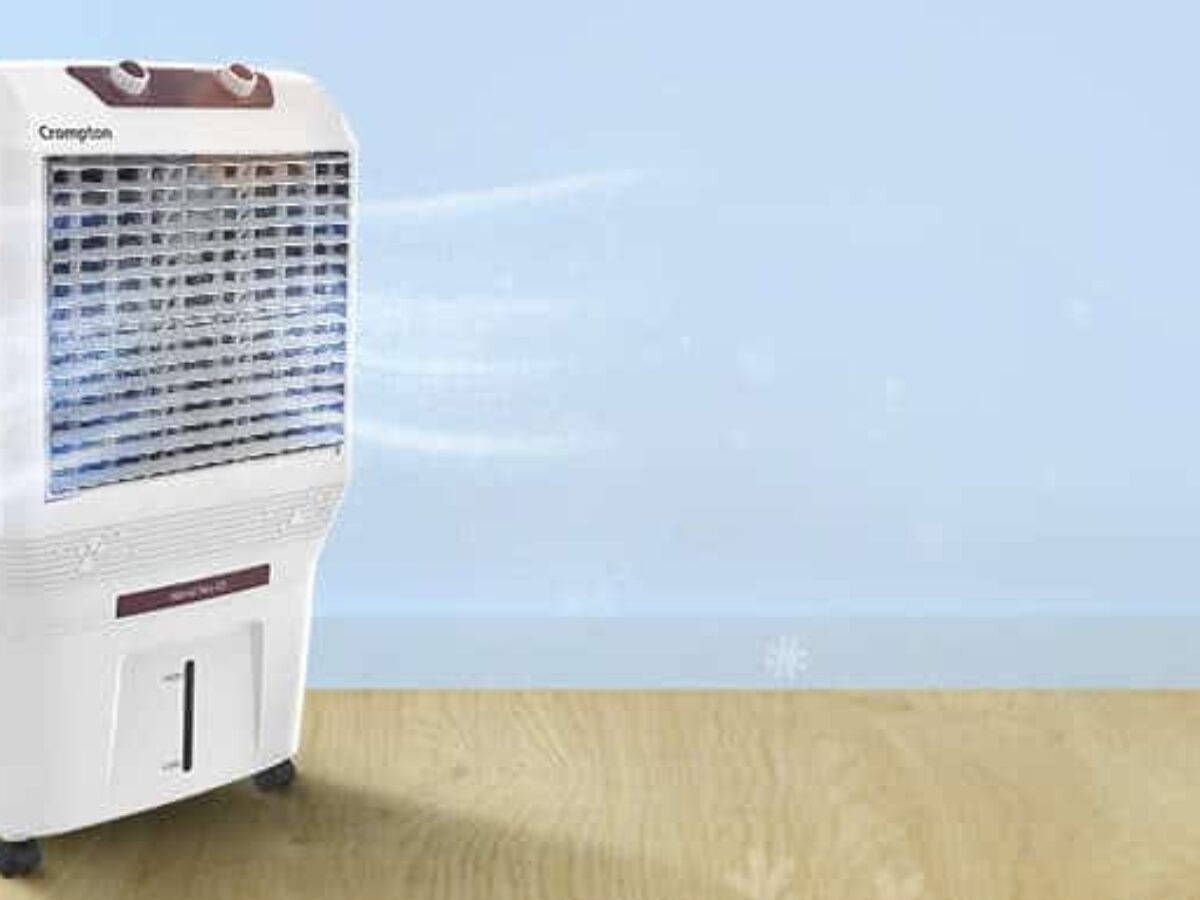
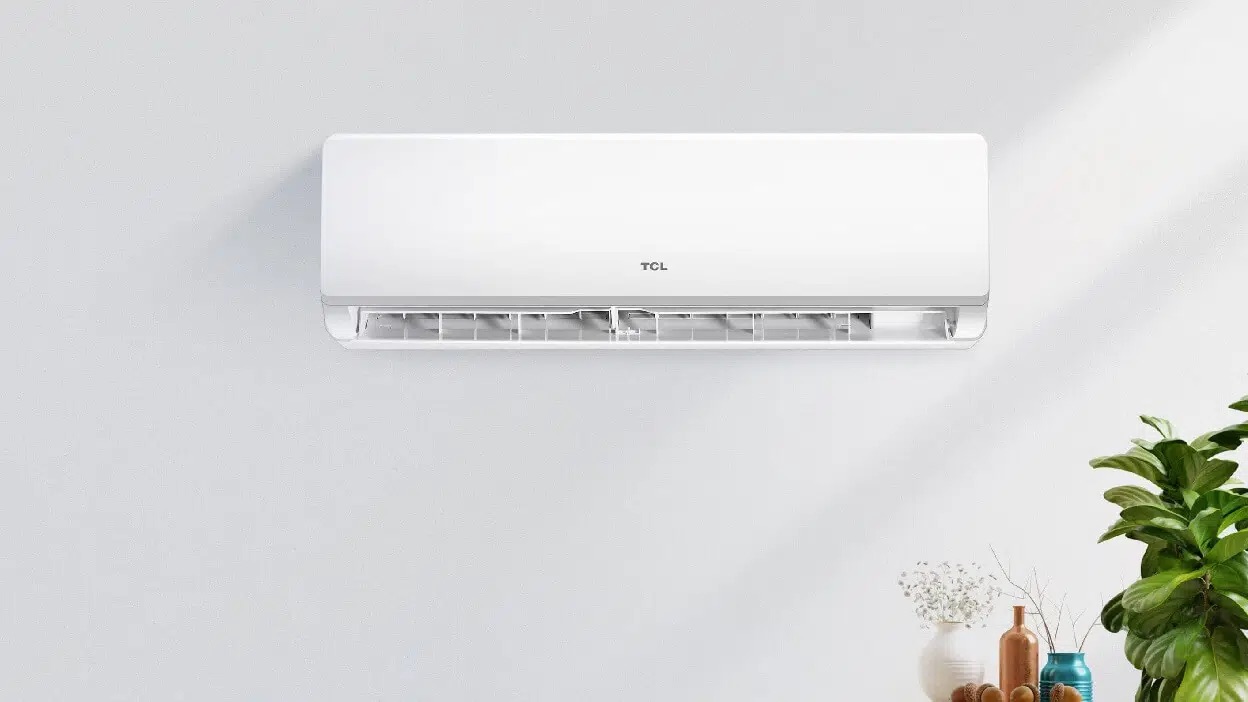
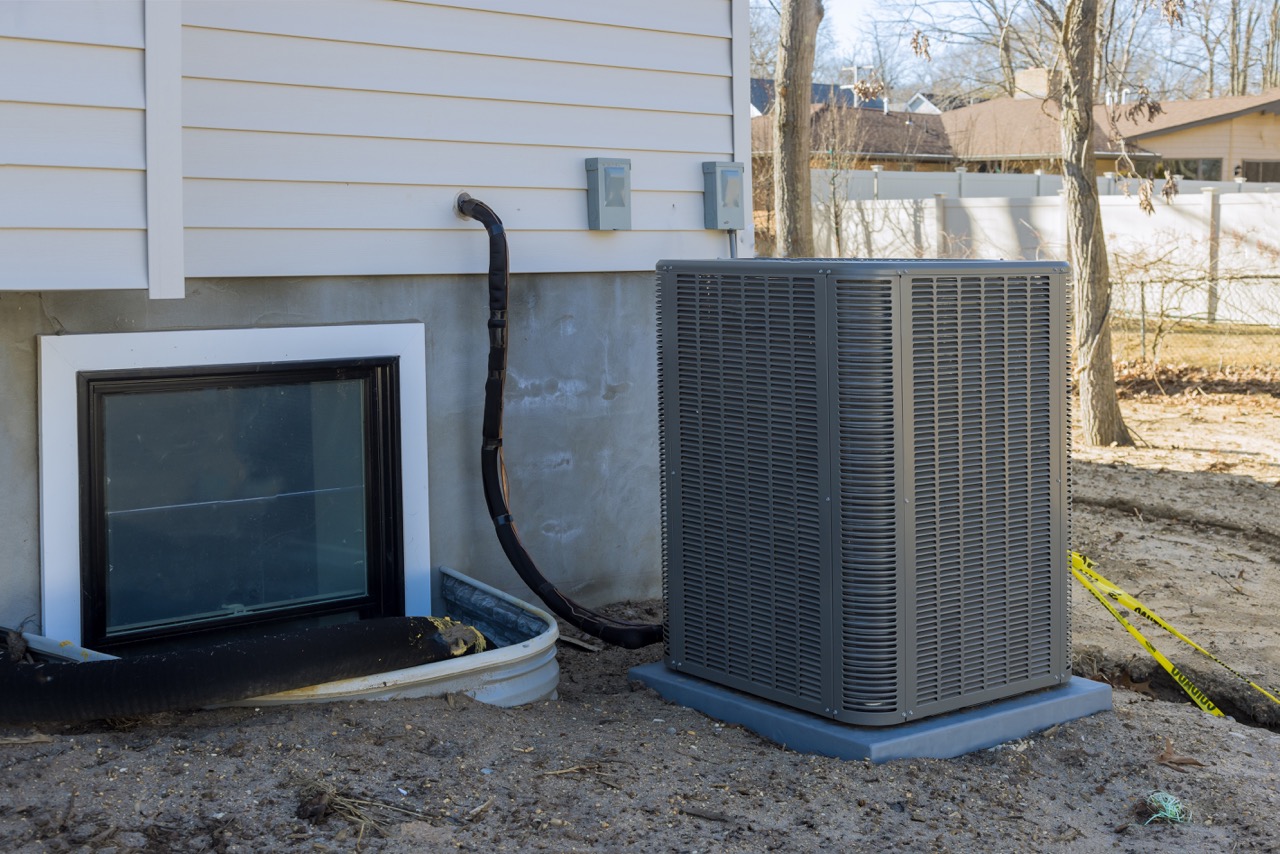
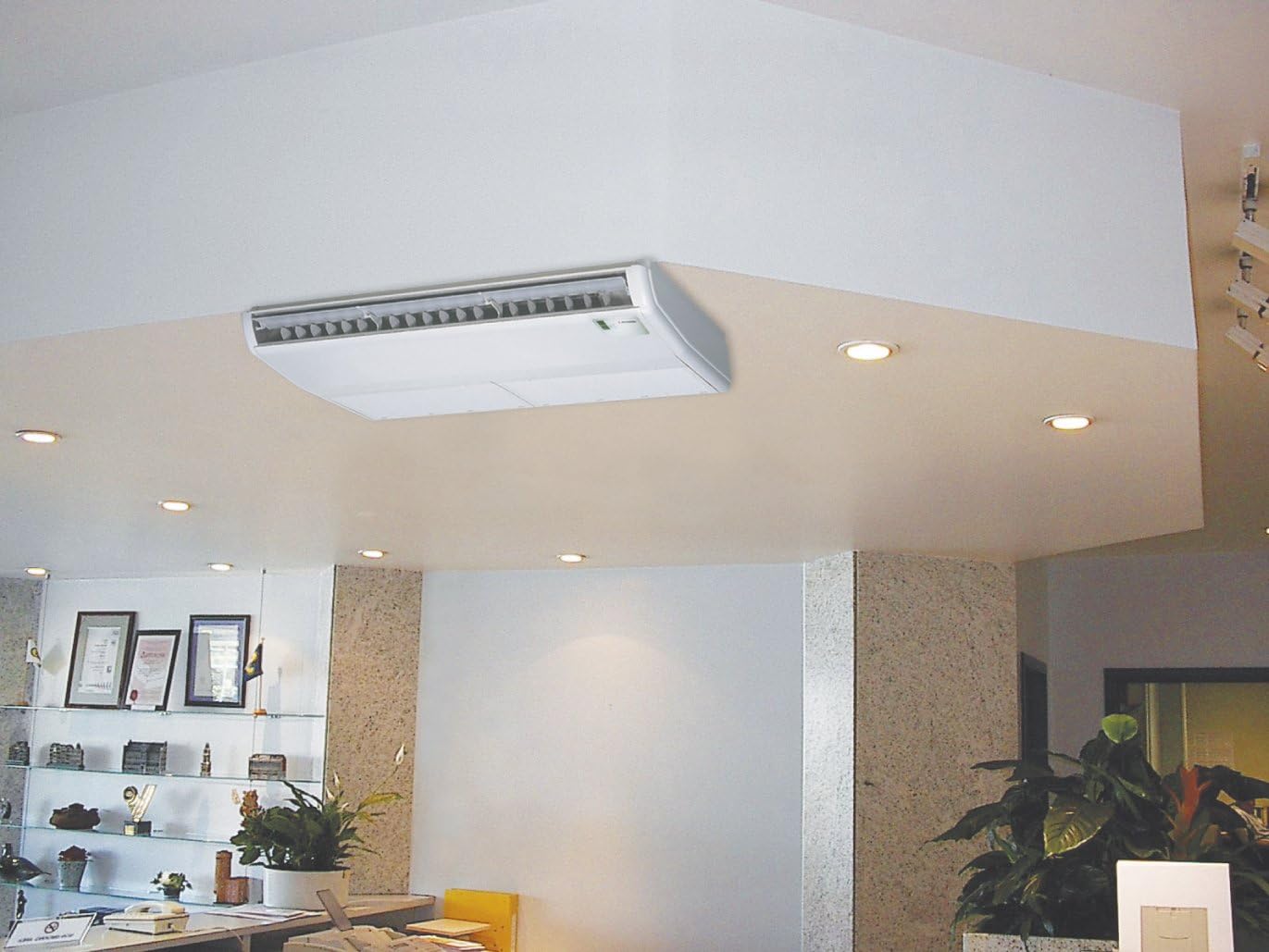
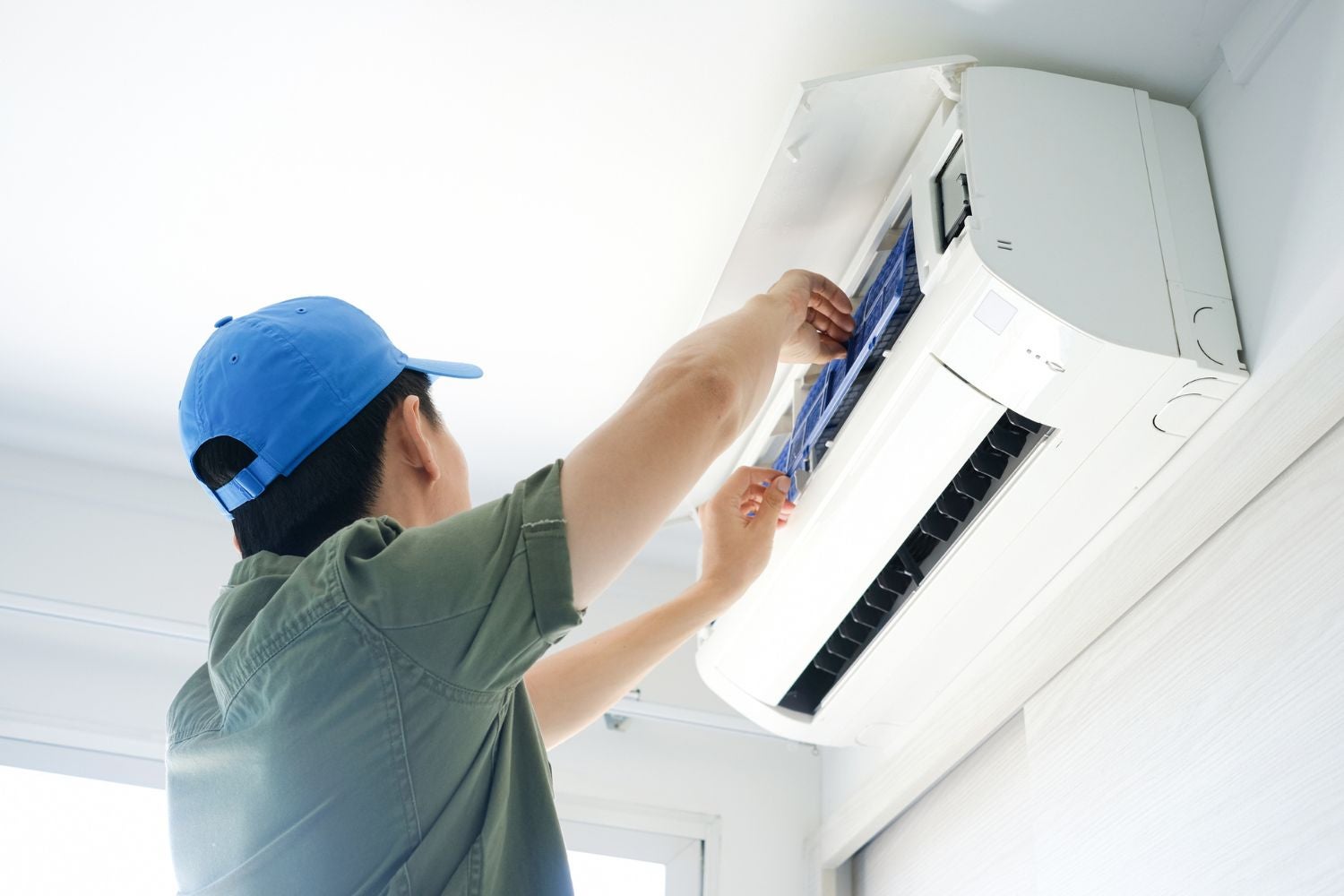
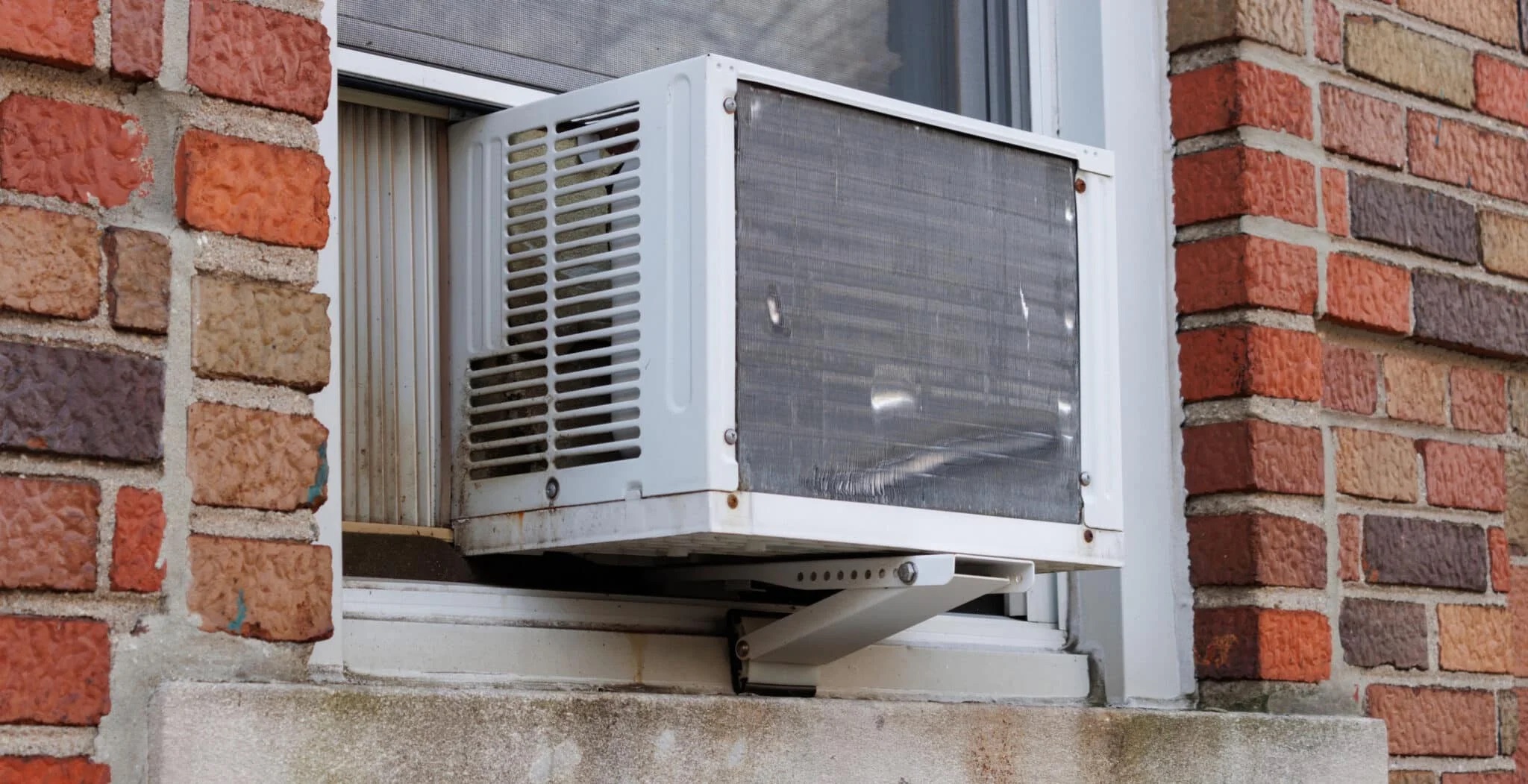
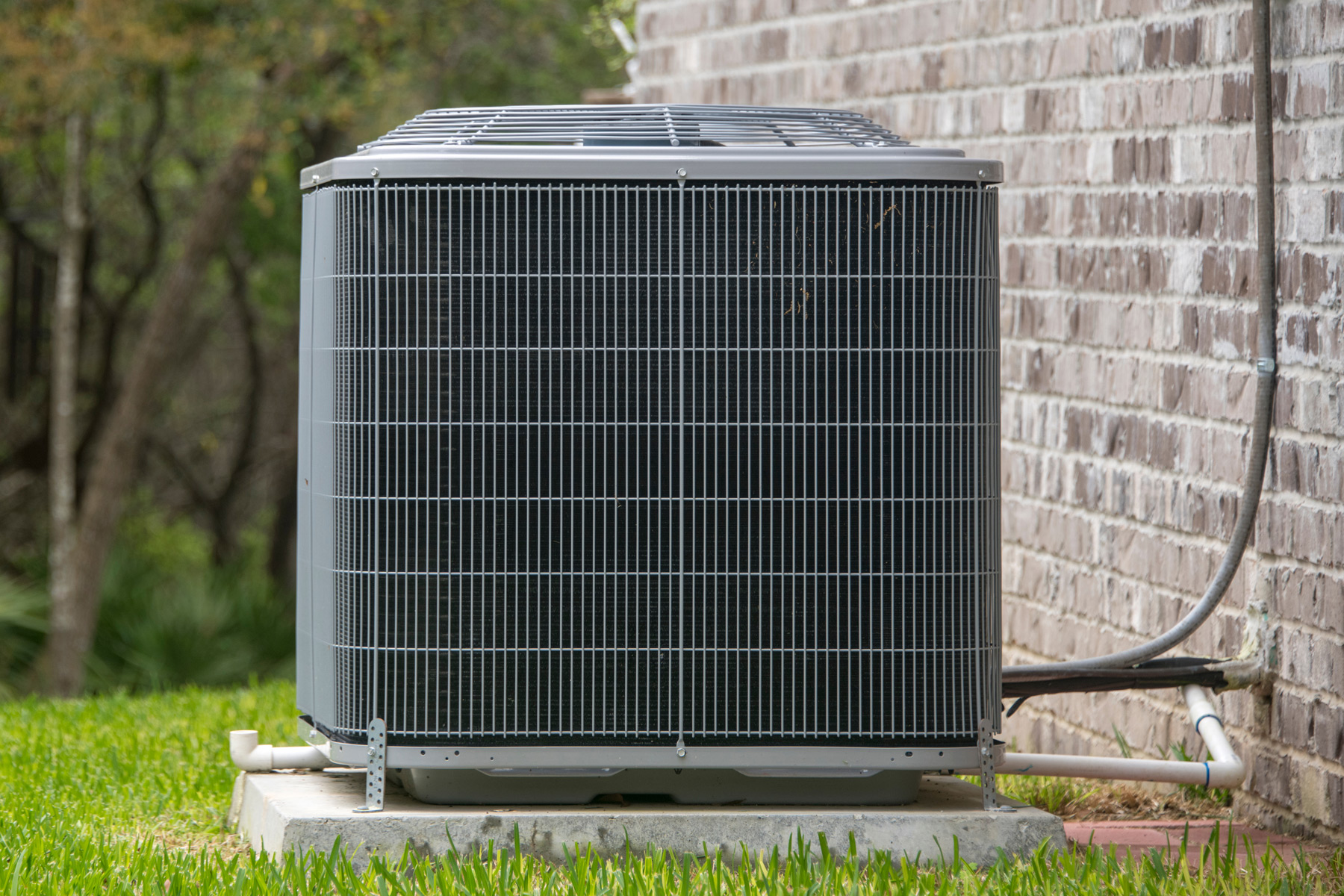
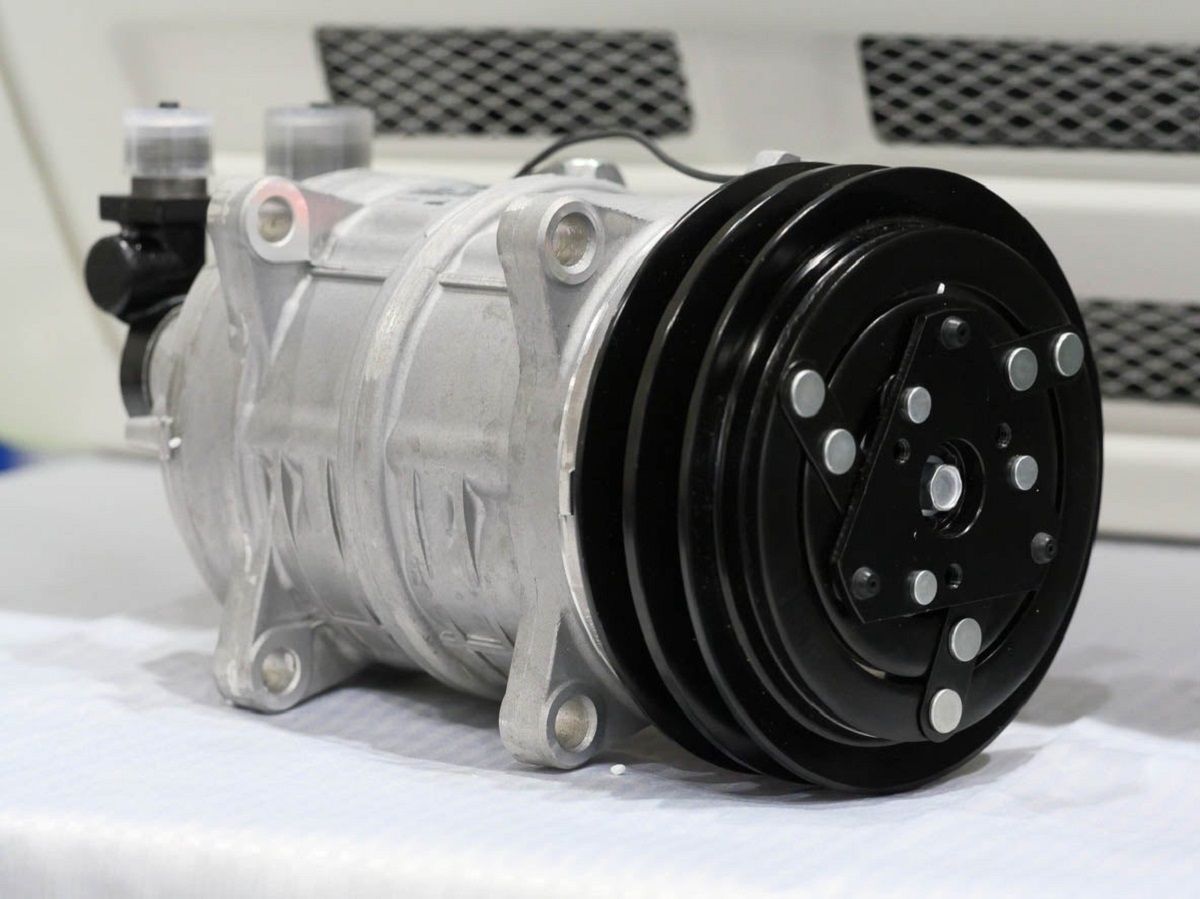
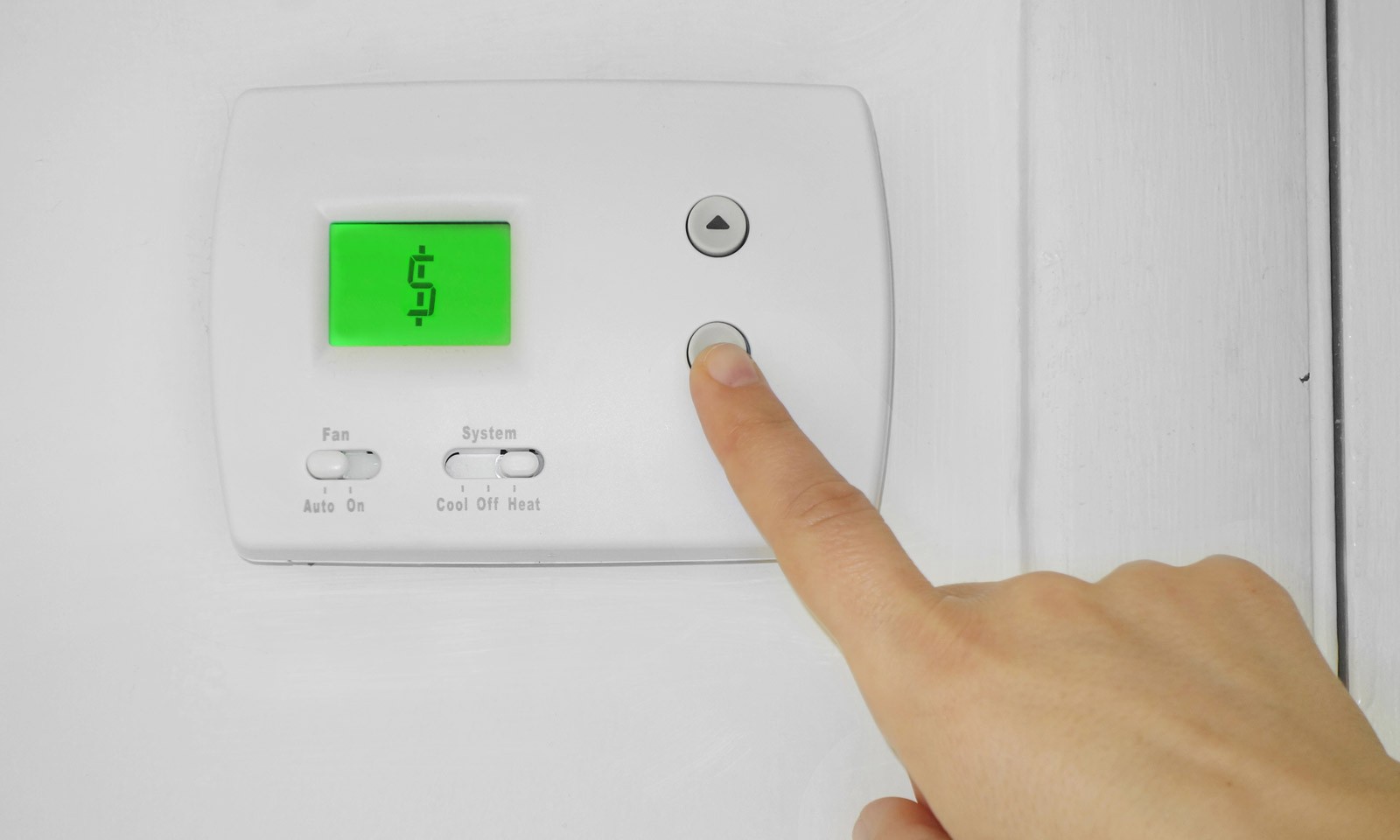
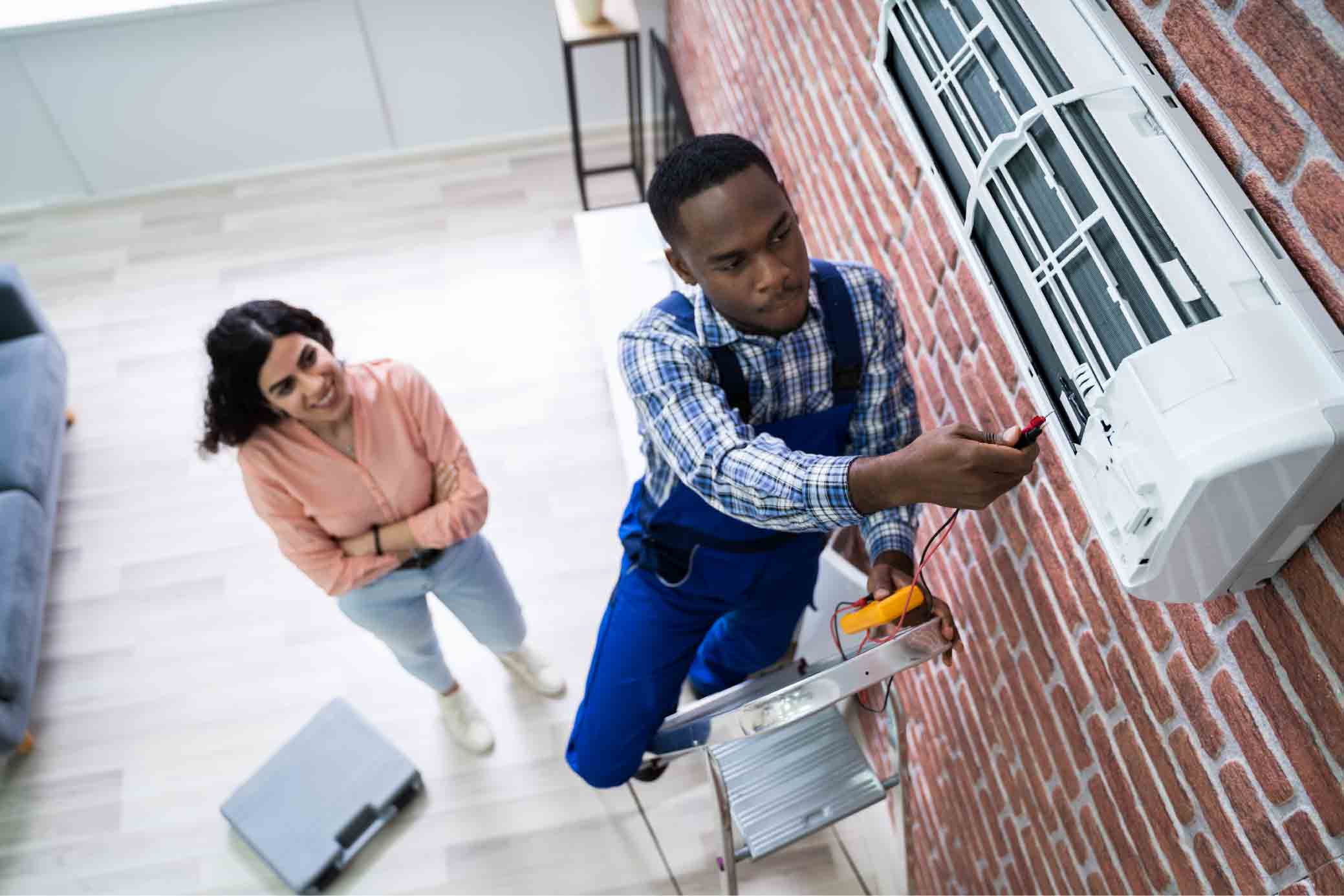
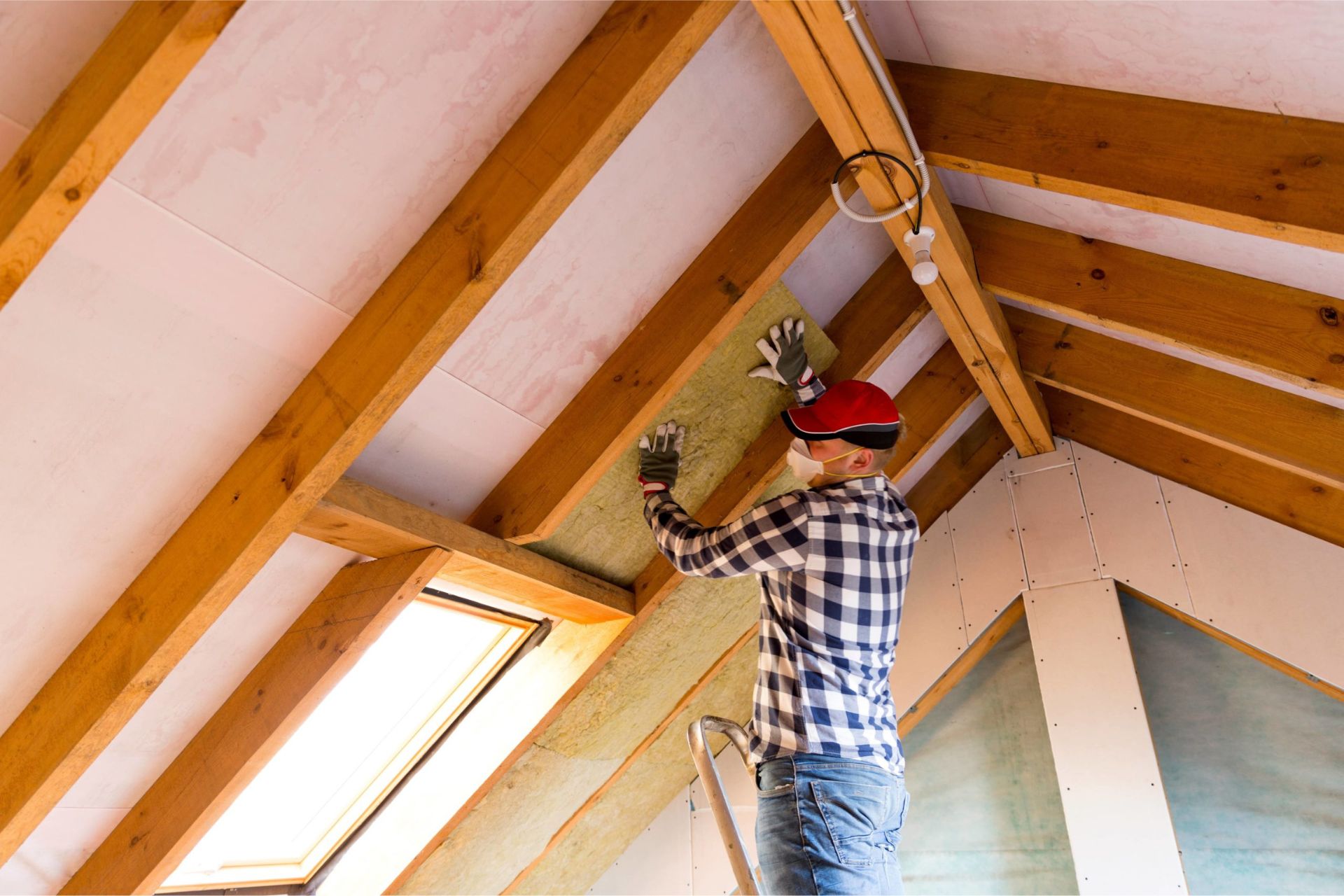
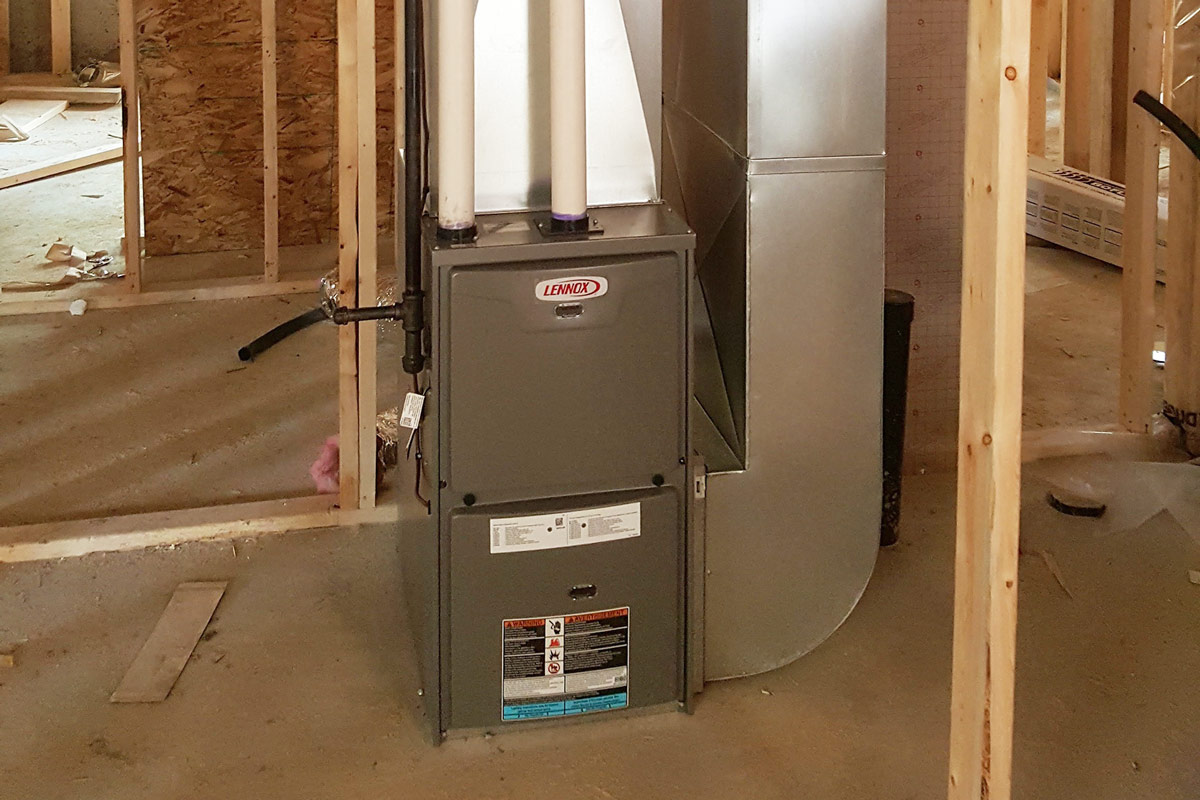
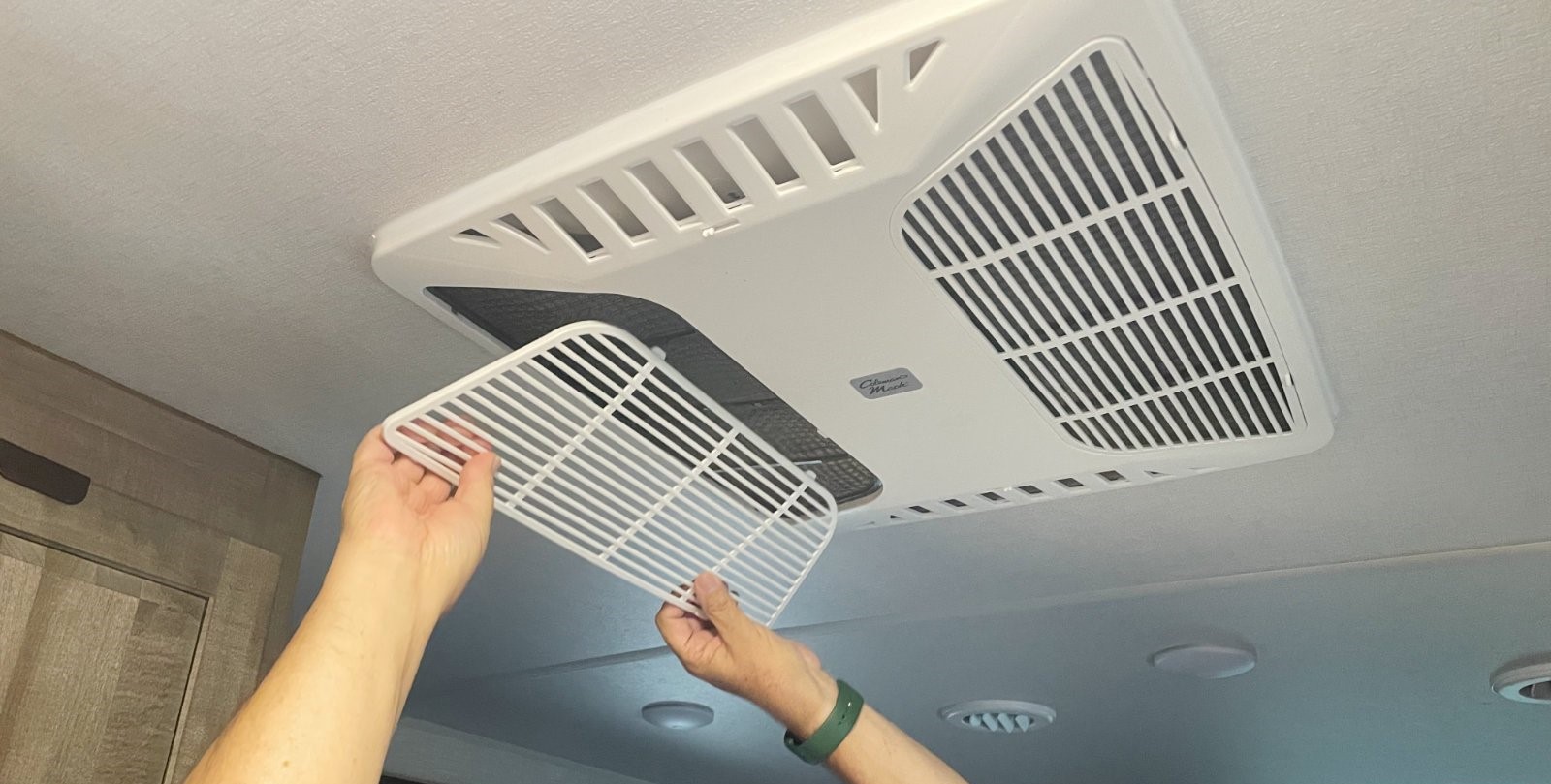

0 thoughts on “How Much Energy Does A Portable AC Use”